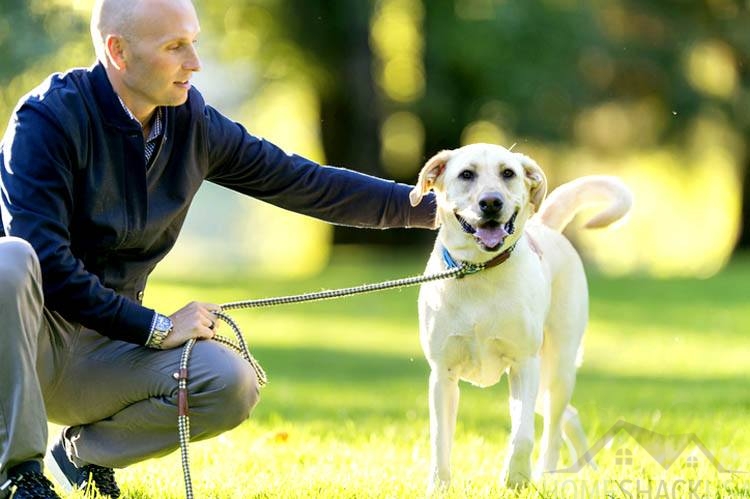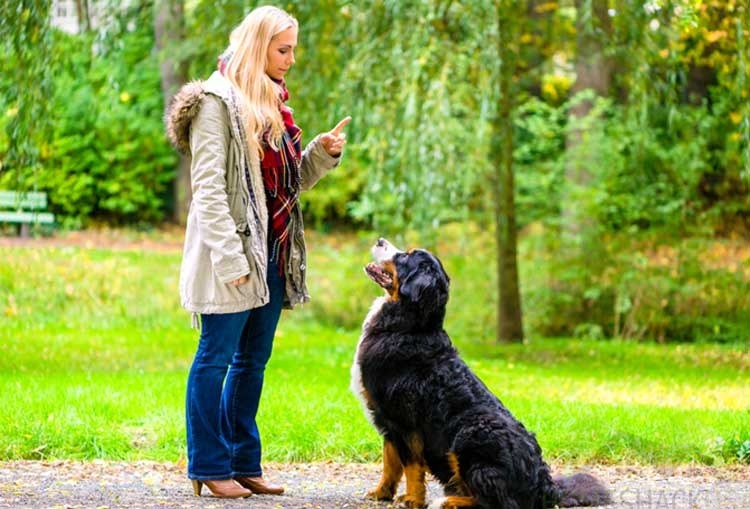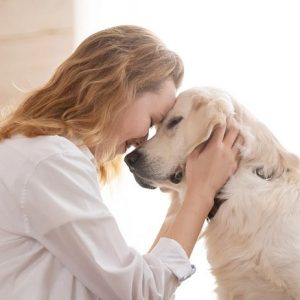Finding a new true and loyal friend by getting a new dog could easily be one of the best experiences one could go through in life. Especially if you’re getting the pet while it’s still a puppy, get ready for a lot of laughter and amazing emotions.
However, you need to be prepared for the not-so-fun part too. Dogs are quite energetic animals, and they don’t know what that vase on the shelf meant for you.
To protect your belongings and your mood you not only need to prepare your home prior to getting a pet, but you also need to do some research on pet dog training.
It might sound harder than it actually is, so you should feel more confident about training your puppy, even if the beginning there are no signs that it is going to work.
Keep calm, because in this article we are giving you some tips on dog training that will help you go smoothly through the process.
How to Train Your Dog or Puppy
With time you will see that the puppy or dog becomes more and more excited about learning. For the pet, this is going to be a fun interaction with its most beloved person, and it is actually both going to enjoy it and be more eager to perform better.
Even though in the beginning the process feels overwhelming, you should not give up, and after a little while things are going to get much easier.
With these tips, you can get some impressive results without having to go through a dog obedience program, which is actually a good thing to do if your dog is really not giving in to home training.
Leash Training

Introducing the leash to the dog is an important step in dog training because otherwise, you will be having serious problems walking the dog. Walking your new pet without a leash poses a risk for others and for the dog itself.
An important tip is to remember to make walking on a leash feel like a fun activity for the dog. In that way, it will never have a problem with it. Include regular treats to reward the pet and make it look forward to the activity.
Never pull hard because that will not only hurt the dog’s neck but also cause stress which could result in negative associations with the leash.
In the beginning choose a place that is not very crowded, so that there is not too much stress on the dog, which is not yet used to the cord attached to its neck.
Teach Control Over Impulses

If the dog is disobedient, that isn’t because it’s bad. It’s just that that’s his characters, as dogs are quite impulsive and energetic.
The key thing is to teach it to establish control over its impulses. Impulse control is key in all commands that you want your dog to learn.
Remember to have patience, since it takes time. When you are giving a treat, don’t allow the dog to jump around to get it.
Rather make it understand that it needs to calm down in order for you to give him the treat.
Teach the Dog to Sit Down

Here is how you teach a dog to sit down:
First, prepare a treat and while the dog is standing up, show him what is in your hand, then close your fist, so that he doesn’t jump and eat it. The dog will come in front of you.
Get your hand holding the treat over his head, while saying the command “sit”. Your movement will make the dog sit down.
While you are rewarding him with the treat, you should also verbally praise the dog with phrases such as “good boy”.
Keep training until the dog sits just as it hears the command and without having to know that you have prepared a treat.
Even after your dog has learned the voice command, keep giving him treats for a while, because in the beginning, it is easy for it to forget the verbal command a few days after it has learned it.
In the beginning, it is enough to practice for a few minutes daily.
Laying Down

The laying down command can help you calm down your pet when it gets too excited.
It is good to start training this command after you’ve taught the dog to sit down, because it’s easier for it to lie down from sitting, and not from standing position.
To teach him the command, bring a threat to his nose and then bring it slowly to the ground, while the dog is following it with his body.
After he as lied down, reward him, and keep training the same way as for sitting down.
And don’t forget the key thing for successful dog training: Be consistent.





